No Fluid Coming Out When Bleeding Brakes – (Common Causes and Fixes)
Every vehicle owner needs to ensure that the braking system is in excellent condition because it directly affects drivers’ safety. Bleeding brakes are an essential maintenance routine that improves overall braking performance by removing air bubbles from the brake lines, maintaining ideal brake fluid pressure, and bleeding brakes. While this procedure may seem simple, it requires precision and care to avoid potential hazards. This article will explore the most common causes of brake bleeding failure and examine the proper techniques for a successful procedure.
What is Brake Bleeding?
Removing air bubbles that might harm a car’s braking system is the main aim of the critical maintenance procedure known as brake bleeding. These air bubbles could affect safety and reduce braking effectiveness.
The process involves eliminating air-filled brake fluid by opening a valve at the wheel cylinder or calliper. The brakes improve in usefulness and reliability, resulting in maximum vehicle safety by performing this task.
Caution is essential to prevent injuries and vehicle damage during the process. Following safety recommendations and professional guidance ensures a successful brake bleeding, promoting more comfortable driving and overall road safety.
Why is Brake Bleeding Essential?
A hydraulic brake system must be bled to remove air bubbles. It is a crucial maintenance step. If the brakes are not bled, air bubbles can build up in the brake fluid, significantly reducing hydraulic pressure and braking efficiency.
It may result in less effective and maybe dangerous braking performance. Brake bleeding is also essential for avoiding squeaky noises. It can be made when air bubbles compress during the application of the brakes.
The primary purpose of bleeding the brakes is to ensure the brake system operates flawlessly by eliminating air bubbles that could disrupt the smooth transfer of hydraulic pressure.
The brakes can provide reliable and consistent stopping power each time the brake pedal is pressed by removing these air pockets from the brake lines.
Maintaining optimal brake performance, enhancing vehicle safety, and ensuring a quieter and more comfortable driving experience all depend on regular brake bleeding.
What Fluid should Come Out When Bleeding Breaks?
When bleeding brakes, only the fluid recommended for your vehicle, typically DOT 3 brake fluid, should exit the system.
It is essential to check your owner’s manual to ensure the correct fluid type before starting the process. Always use new brake fluid to refill the master cylinder. Never use old fluid. That has been siphoned off.
It improves the brake system’s efficiency and performance by ensuring it receives new, uncontaminated fluid.
Depending on the size of your brake system, you may need two or three cans of new brake fluid to finish the bleeding procedure effectively.
How Much Brake Fluid should Come Out When Bleeding Brakes?
Different amounts of brake fluid should come out when bleeding the brakes, depending on the vehicle and the condition of the old fluid. 50ml of brake fluid is sufficient to complete a bleed on the front and rear cycle brakes.
A complete flush is recommended if the old fluid is heavily contaminated or discoloured. They possibly require additional fluid.
A quart (or sixteen ounces) of fresh brake fluid is typically needed for car brakes to bleed the system until the fluid appears clear.
A sufficient amount of fluid guarantees an effective bleeding procedure. It preserves the best brake performance and safety.
Why does No Fluid Come Out When Bleeding Breaks?
When bleeding breaks, numerous possible causes must be examined if fluid is not coming out. Firstly, clogged bleed valves might happen commonly.
The brake system is often overlooked and can collect contaminants for pad and disc replacements.
The bleed valve is damaged by dust and particles because there is no rubber cap to protect it from them.
Clogging can happen in the brake calliper, where dirt or metal particles from the master cylinder may block the brake hose and stop fluid from drainage.
Dirt and other materials entering the hose might result in clogged brake lines. It might be necessary to inspect the full length of the brake lines because any small holes can cause fluid to leak.
A faulty proportioning valve, which distributes brake pressure between the front and rear axles, could also be at fault.
It limits fluid flow to stop wastage if it notices pressure loss. Another potential cause of brake fluid bubbling in the reservoir when the brake pedal is depressed is a broken master cylinder.
Proper diagnostics and necessary repairs or replacements are crucial to guarantee a working brake system and secure driving conditions.
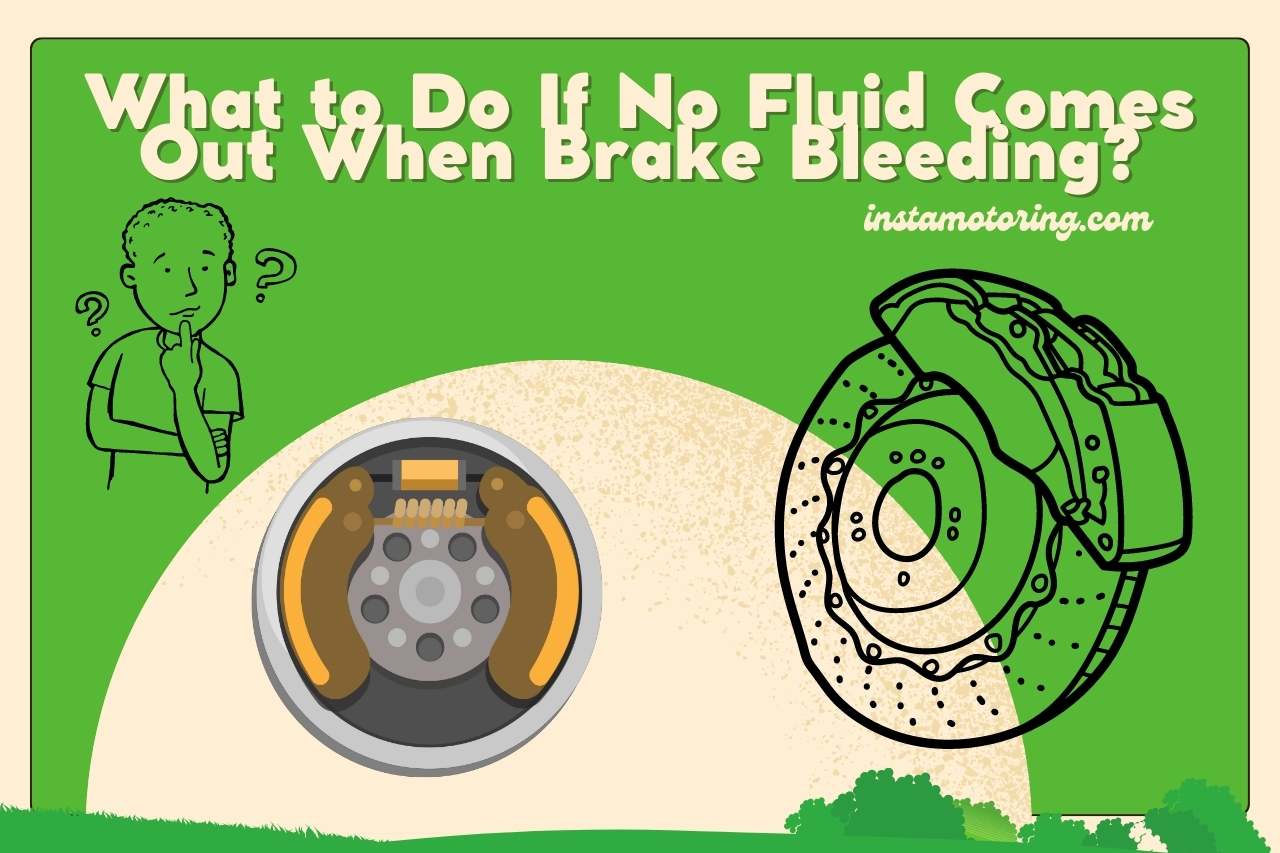


What to Do If No Fluid Comes Out When Brake Bleeding?
Solutions for No Brake Fluid Coming While Bleeding the Brake.
Clogged Bleed Valve
Take the bleed valve out of the brake calliper and see if the brake pads are dripping brake fluid.
Spray brake cleaner through both holes to clean the bleed valve. Then use a pipe-cleaning brush to clean the inside.
Spraying may not be effective. Soak the bleed valve in brake cleaner for 10 to 25 minutes before repeating the cleaning procedure until the fluid drains as it should.
Clogged Brake Caliper
If your brake calliper is clogged, remove the hose and use a rust-removal spray on the metal tube that attaches to the calliper. When blowing compressed air into the calliper, see if fluid drains from the hose.
If necessary, remove the valve for better airflow through the hose and attempt to clear any blockages.
Clogged Brake Lines
Blow compressed air into the brake line for the removal of obstructions. Then carefully remove the brake lines. Avoid applying too much air pressure because it could be challenging to push the air out.
If blowing air doesn’t fix the problem, look for collapsed brake line metal due to rust or additional obstructions.
Leaking Brake Lines
Check each brake line from the master cylinder to the wheels carefully for any holes or cracks.
Use a clean towel to wipe the lines to check for hidden cracks.
Replace any brake lines that are cracked or leaking to guarantee safe driving conditions.
Bad Proportioning Valve
Locate and remove the proportioning valve using a double-end flare nut wrench and socket wrench.
When removing the brake lines from the valve, prevent bending or breaking.
Reattach all brake lines and secure them with a new proportioning valve.
Faulty Master Cylinder
Check the proportioning valve, callipers, or broken or leaking brake lines.
Replace the master cylinder if the reservoir of braking fluid is bubbling and there are no apparent leaks.
General Checks
Carefully check the brake lines for tears and cracks and remove blockages with a plunger or denatured alcohol.
Look for air bubbles in the rear brake system, and if necessary, use brake cleaner to clean the bleeders.
They are cleaning any blocked bleed valves and fixing brake calliper problems as necessary.
Best to get assistance from a professional mechanic if you encounter difficulties when attempting these methods to maintain correct brake system maintenance and safety.
Watch this one,
Video Credits – DIY with Michael Borders
You May Also Like



My name is James, I work as an Automotive Designer with 9 years of experience. I also work as a mechanic and vehicle inspector. I love deciphering complicated car exteriors and interiors and resolving fluid and oil troubles. InstaMotoring.com is here to help you troubleshoot your car with dependable and expert help.


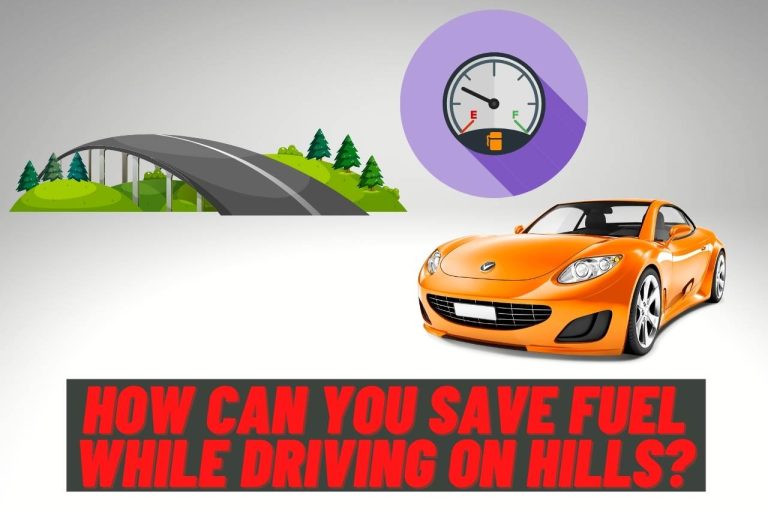
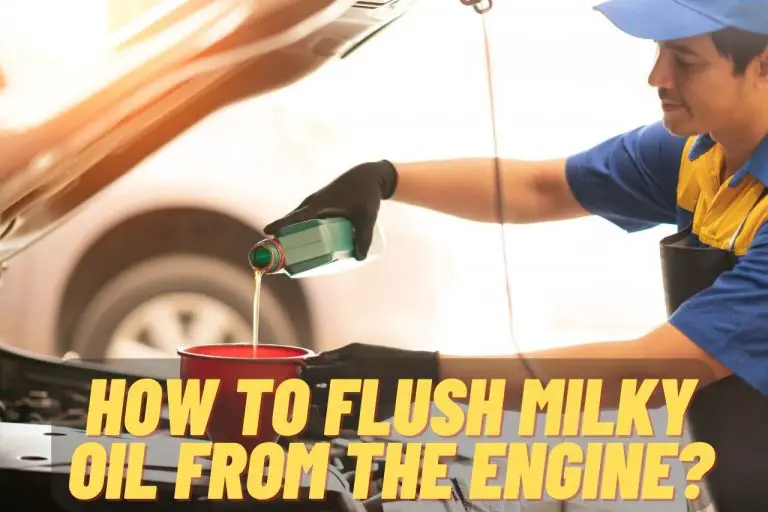
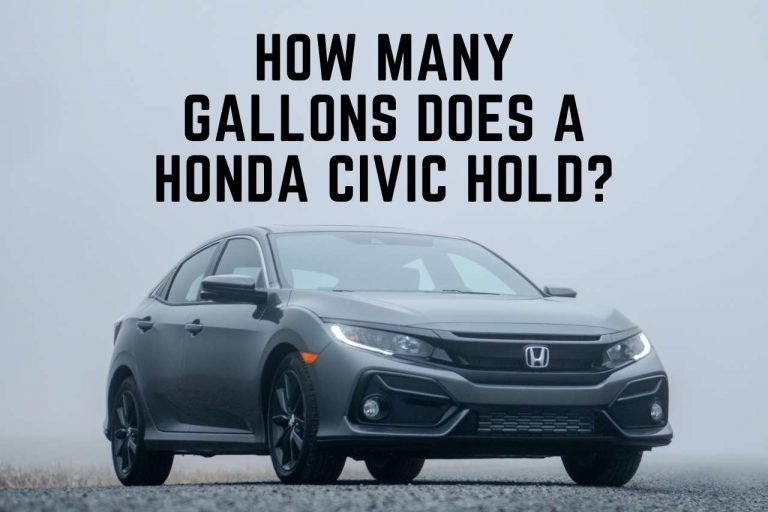
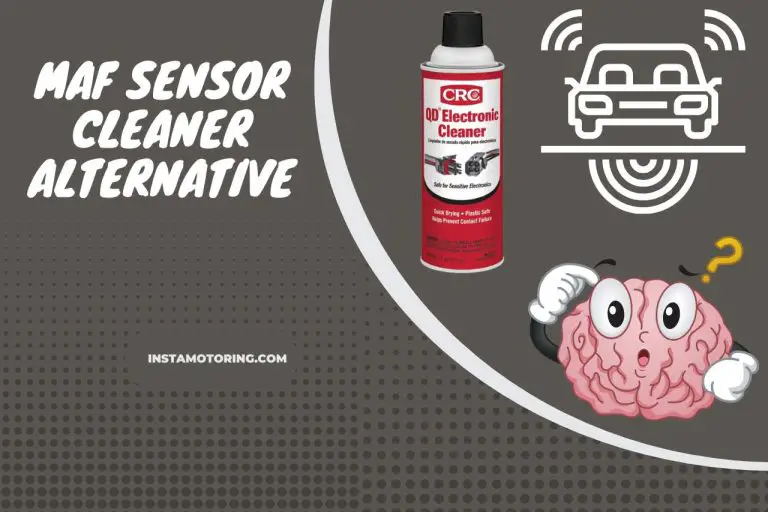
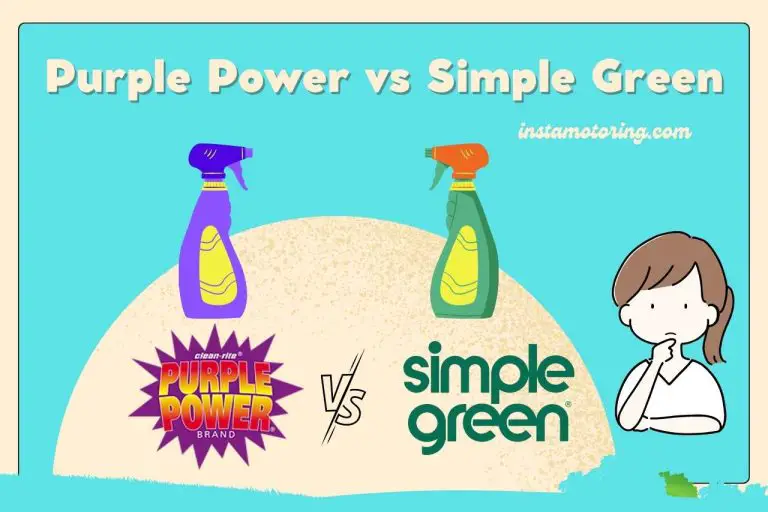
![How to Clean Fuel Pressure Regulator? [Complete Guide]](https://www.instamotoring.com/wp-content/uploads/2022/10/Are-Raycon-Earbuds-Waterproof-5-1-768x512.jpg)